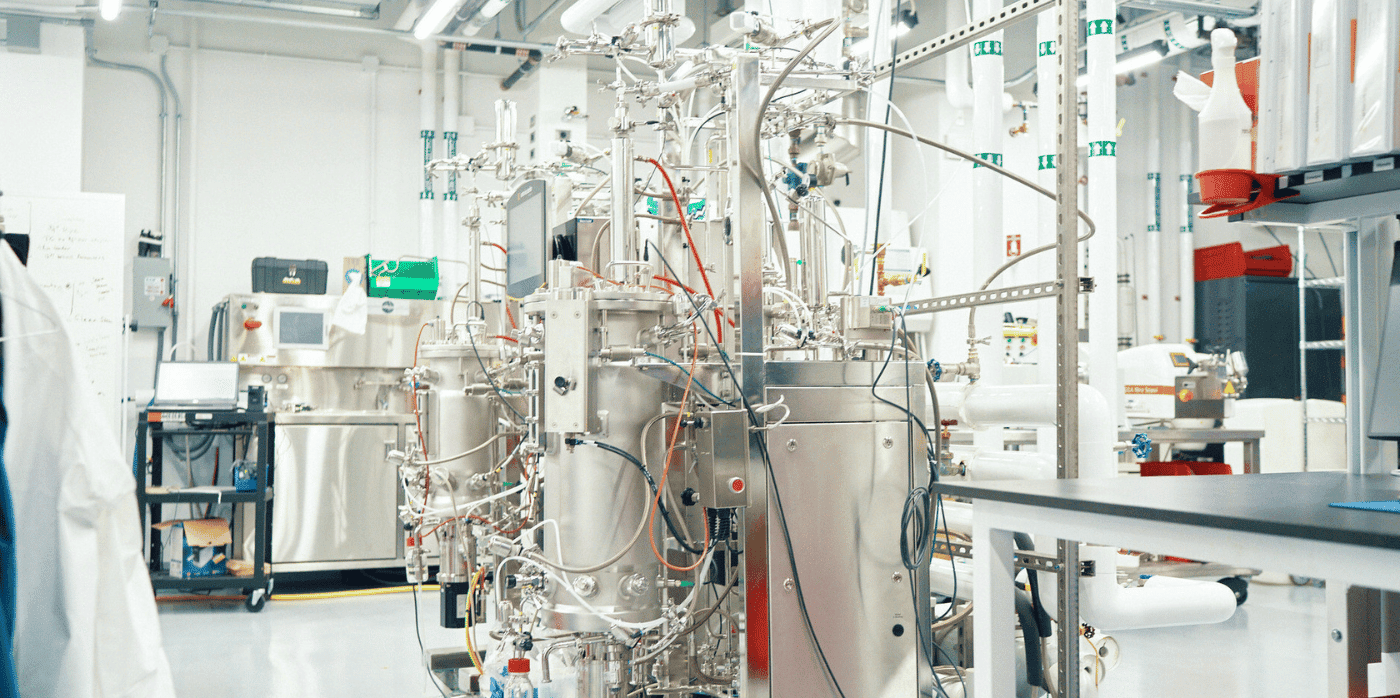Durable Wall Protection for Resilient Buildings
Every structure, much like matter, inevitably shows signs of wear over time. From pristine finishes to eventual wear, the journey of a building is evident on its walls. But what if we could delay the inevitable? This webinar addresses exactly that — preserving the interior aesthetics and integrity of buildings and as a result, empowering architects and designers to think long-term.
Leading the conversation is Ryan Roessler, Product Manager for door and wall protection at Inpro, an industry leader in interior and exterior architectural products. With over six years of product management, a certification from PDMA and deep insights garnered during his nearly three years at Inpro, Ryan brings invaluable expertise to the architectural community. His discussion will focus on the strategic choices architects and designers can make to ensure building interiors stand the test of time.
If you missed the live session or want to delve into Ryan’s insights again, we have the recorded session ready for you. Click the button below to access the recording:
 In the webinar, Ryan thoroughly explored the ins and outs of wall protection — from materials and installations to key decision-making processes, highlighting the main challenges architects often face.
In the webinar, Ryan thoroughly explored the ins and outs of wall protection — from materials and installations to key decision-making processes, highlighting the main challenges architects often face.
All in all, in this webinar you can expect to learn how to:
- Explore how the proper installation of wall protection materials — when specified with standard wall construction options — determines their effectiveness in interior applications.
- Recognize when to specify wall cladding vs. targeted wall protection.
- Examine the best-practice options for achieving effective and aesthetically pleasing interior protection.
- Discover strategies to successfully design for the long term by avoiding the trap of first-cost value engineering.
 The presentation offers deep insights, real-world examples and straightforward guidance, making it a must-watch for every architect and builder. Dive in to strengthen your designs and focus on lasting interiors.
The presentation offers deep insights, real-world examples and straightforward guidance, making it a must-watch for every architect and builder. Dive in to strengthen your designs and focus on lasting interiors.
The essence of a building’s long-lasting interior isn’t merely in its design but in the foresight of its lifespan and safeguarding it against wear and tear. So, don’t miss out on the opportunity to explore the tools and insights needed to design spaces that not only shine today but for years to come.



